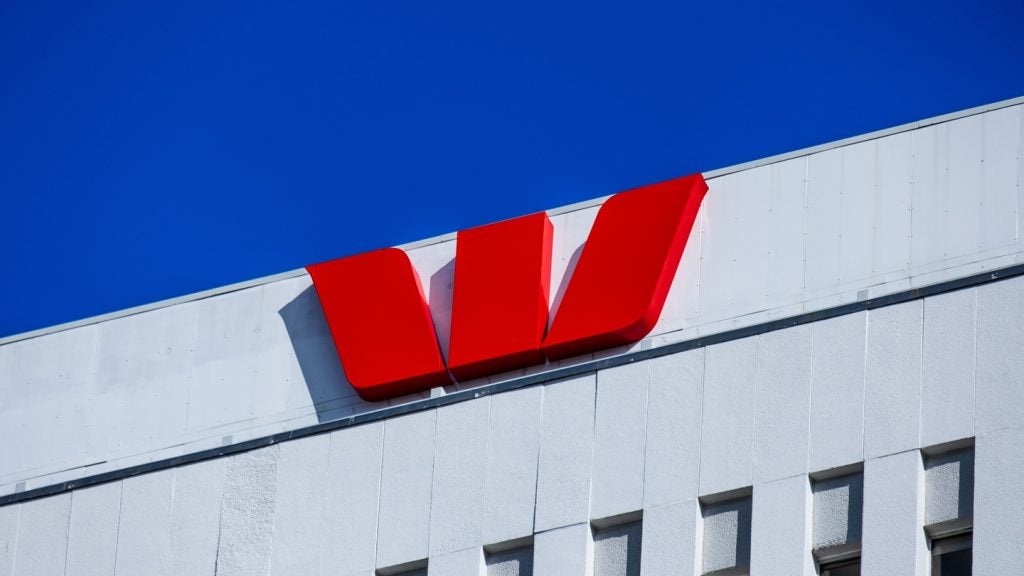 India’s
India’s
first Interbank Mobile Payment Service (IMPS) went live on 22
November.
Initially, the service will
be available to the retail customers of seven banks: State Bank of
India (SBI), Bank of India, Union Bank of India, ICICI Bank, HDFC
Bank, Axis Bank and YES Bank.
An additional 22 banks in the
country – including Citibank, Standard Chartered and Canara Bank –
are at varying stages of joining up to the scheme, launched by the
Reserve Bank-backed National Payments Council India
(NPCI).
The participating banks can
use any mobile banking application, enabling the service to support
transactions from entry level mobiles to top of the range
smartphones.
To use the service, customers
are required to register with their bank, which will issue a unique
seven-digit mobile money identifier (MMID) and a mobile banking
personal identification number (MPIN).
To initiate a mobile payment,
a sender will key in the beneficiary’s mobile number, the
beneficiary’s MMID, the amount to be sent and the MPIN. The sender
receives an SMS confirmation when the money is sent.

US Tariffs are shifting - will you react or anticipate?
Don’t let policy changes catch you off guard. Stay proactive with real-time data and expert analysis.
By GlobalData SBI has
SBI has
already registered 850,000 customers to use the service while
private sector rival ICICI has signed up 400,000
clients.
The Reserve Bank has
permitted banks to offer mobile banking services to customers,
subject to a daily cap of INR50,000 ($1,097) per customer for both
funds transfer and transactions involving purchase of
goods/services for end-to-end encrypted transactions. Transactions
up to INR1,000 can be carried out by banks without end-to-end
encryption.
Banks will be offering IMPS
free to customers until the end of March 2011; banks themselves
will pay a transaction fee for routing IMPS transactions of INR0.25
as against INR0.50 per ATM transaction.
Reserve Bank deputy governor
Shyamala Gopinath said IMPS had the scope to change the retail
payments scene. In India there are 600m mobile phone customers but
only 300m bank accounts.
NPCI chief executive AP Hota
said: “This is the first-of-a-kind system in the country and the
real power would be when it starts delivering in the rural
areas.”
The Reserve Bank has
spearheaded efforts to bring India’s payment industry into the 21st
century, in particular via its ‘Vision’ strategy. Policy guidelines
have been issued to boost electronic payments as an increasing
number of the Indian population gain access to financial
services.
Among the most significant
developments under the Vision 2005-2008 programme, was
establishment of the NPCI, the objective being to create a uniform,
national retail payment system that would consolidate disparate
local systems impeding delivery of efficient customer and clearing
services.
The NPCI’s role is that of a hub in all electronic retail
payments, which will facilitate a variety of products, delivery
channels, service providers and technology solutions.








